One of the major ‘attractions’ in Iquitos is the neighbourhood of Belén. However it’s also considered the city’s most dangerous neighbourhood, and guidebooks do not advise visiting here without a guide. Due to the abject poverty present in Belén, a tourist seen to be carrying a bag (and therefore money and a mobile telephone) or a camera, or anything of value would be seen as an easy target for those with little wealth. Being an avid photographer, and writer, I saw very little point in visiting such a fascinating place if I couldn’t photograph my observations and experiences, so we made the wise decision to hire a guide.
When we asked a member of staff at our hostel where we could arrange said guide from and the response was, “I have a friend”, I was a little dubious as to what we might find. But in the spirit of travel, of making spontaneous decisions and placing trust in recommendations, we impulsively committed to ourselves to the relative unknown. We knew little more than the fact that we would get a tour of both upper and lower Belén. Upper Belén was the location of the sprawling market, and lower Belén was where many of those market vendors lived, and was for the most part of the year a floating shantytown, due to the water levels in the river.
There was no set price for the tour but it was ‘suggested’ that we offer 20 soles each (£8.56 altogether). Having at this stage not booked a tour in Peru, I did wonder about the quality of the guide we’d end up with for that price.
Our tour around Belén was booked for – in true Peruvian style – “around 9 or 10am” on a Sunday. By 10:30, there was still no sign of our guide, and we were concerned that he’d had one too many the night before (it being a Saturday night and all), and was in bed nursing a hangover. The hostel staff – who were all lazing around watching football on the T.V – kept advising us that he was “on his way.”
Fortunately we needn’t have worried. A smiley, slightly built local man in his early forties walked through the door and greeted us shortly after our last enquiry as to his whereabouts, and there was most definitely an absence of any alcoholic aromas pervading from his breath. All good so far. His name was Lito, and on our short walk to Belén market, he told us a little bit about himself and where he lived. Not only did this ‘friend’ of a member of our hostel staff actually work as a tour guide, but he also calls Belén his home. He and his family have lived in the floating shantytown for as far back as he can remember, and his wife is currently pregnant with another little Lito on the way.
Lito firstly guided us expertly around the market, stopping regularly at stalls to introduce us to fruit and vegetables we may not be familiar with, allowing us to taste some and willingly answering questions we had about others. The market vendors all greeted him with a smile, and seemed receptive towards the curious gringos with a fascination for produce that, to them, is probably as ordinary as onions and carrots are to us.
I’m guessing that, being a resident of Belén, Lito and his customers were received more genially than an ‘outsider’ to the neighbourhood may have been. I also felt comfortable taking photographs of the produce, as I’d had prior authorisation from Lito to do so. However I would still make a point of asking the vendors “puedo tomar una foto de usted?” if I wanted to take a photograph of them. It’s what I would expect in return. Too many tourists snap photographs of local people without asking permission, like they’re some kind of freak show, and it’s wrong.
As we moved further through the market, meat and fish replaced fruit and vegetables. Standard river fish such as Tilapia lay alongside Piranha skewered on sticks, and chickens were for sale amid other more unusual mammals, reptiles, and amphibians. Yes, this wasn’t the section for the squeamish or faint-hearted. I saw a pig’s head (ok, so I have seen a few of these before so that in itself wasn’t too shocking or disturbing), a caiman (in three pieces), a tortoise (or maybe lots of tortoises) in lots of pieces, lots of snakes (or maybe just one really long one) in even more pieces, and a few live monkeys, which sadly I suspect would probably not be alive for too much longer.
Up to this point however, we could have quite easily been in any Peruvian market. What mede Belén unique to this part of Peru was the presence of an abundance of natural products from the Amazon jungle, which were either for sale in their organic state, or had been made into various different medicines, tonics, or potions.
The two products that are always hot on the lips of market vendors, locals, and travellers alike are Ayuhuasca and San Pedro. I’d read about both previously , so I knew a little about the context in which they are used, and the effects they have on the human body and mind.
Ayuhuasca is a psychedelic brew of various plant infusions prepared with the Banisterioptis Caapi vine. Said vine is usually mixed with the leaves of diemethylthiptamine (DMT)-containing species of shrubs from the genus Psychotria. Although the consumption of the caapi vine alone can produce some effects, DMT-containing plants remain inactive when drunk as a brew until they are mixed with a source of monoamine oxidase inhibitor (MAOI) such as Banisterioptis Caapi.
Traditionally Ayuhuasca ceremonies are conducted by reputable shamans who are properly trained in the administration of the potion. Ayuhuasca is said to give the user a spiritual awakening, in so much that individuals feel they gain access to higher spiritual dimensions and make contact with various spiritual beings who act as guides or healers. Ingestion also causes vomiting, which is viewed as an essential part of the experience, as it represents the body purging itself of negative energy and emotions.
Trichocereus Pachanoi – known as the San Pedro cactus – is native to the Andes Mountains, and grows at 2000-3000 metres in altitude throughout Argentina, Bolivia, Chile, Ecuador, and Peru. It has a long history of being used in traditional Andean medicine. San Pedro contains a number of alkaloids, including the chemical Mescaline, which is a psychedelic drug and entheogen, that can be found in the layer of green photosynthetic tissue just beneath the skin. The simple method used to extract this chemical from the cactus is to simmer it in water for 5 to 7 hours, or the more complex method uses acid-base extraction, but does yield a substance with a significantly higher concentration of mescaline.
Unlike the negative views generally held by Western society, that hallucinogenic drugs are inherently bad and dangerous, they have been used widely in other cultures as religious sacrament, healing medicine, and spiritual guides for thousands of years. San Pedro is so named because it makes reference to Saint Peter of the Catholic Church, who is considered to be the keeper to the gates of heaven. By developing our powers of perception, San Pedro can aid the resolution of both mental and physical ailments, as well as emotional obstacles in one’s life.
Whilst it was fascinating to learn about these particular medicines of the Amazon, what we came away with was a potion called ‘Sangre Grado’ (Dragon’s Blood). Lito explained that it’s used to treat mosquito bites, and gave us a demonstration as to how to use it. He poured a small amount of the black liquid on to his forearm, and then rubbed it vigorously until it turned into a white paste, which he then scraped off with his fingernail, and applied to the affected area – which happened to be my ankle. The paste dried almost instantly and formed a matte seal over the bite; it was of a similar consistency to calamine lotion once it’s been applied. Having run out of my old faithful mosquito bite soother, Tiger Balm, I decided to give this a go. I’m all for natural remedies over chemical ones where possible, and I’m particularly interested to learn how the healing qualities of Amazonian plants can be applied to and used within our modern-day lives.
Once we’d exhausted our time within the market, Lito lead us down towards lower Belén and the floating shantytown, where we hopped into his father’s traditional wooden motor-driven river canoe. According to Lonely Planet, 7000 people live here, but Lito insisted it was closer to 15,000. Whatever the case, a huge number of people call Belén their home. Although it’s known as a floating shantytown, many of the homes are simply built on stilts, so when the water levels rise past a certain level, they do get flooded. As the rainy season here generally lasts until the end of April, the water levels reach their peak at around the end of May. However when we visited, the first floor of Lito’s home was already under water, and he and his family were living on the one remaining upper floor, which can’t have measured any more than a measly 6 metres by 4 metres.
It was an incredible sight: a whole town spread across the vastness of the Rio Itaya, one of the tributaries of the immense Amazon river. The was a gas station in the town, a mechanic shop, a church, and even a floating bar and disco. The church was constructed entirely of concrete, whilst the rest of the houses were made of wood and reeds, which is a fairly good indication of the importance local people place upon their religion.
Having driven motorboats at home on a reasonably regular basis, Stu was allowed the privilege of taking charge of the vehicle himself, and steered it competently through the narrow channels and in-between massive areas of floating vegetation. For a break from the strength of the sun’s rays, we docked at the local bar and disco where we shared a beer, and bought a second for Lito and his father to share. We then attempted a rather stilted but amiable conversation in our broken Spanish (Lito spoke good English but his father did not understand a word).
There were even toilets inside the bar, but rather than being just two, Caballeros and Damas, there was a third – Medio Hombre, which Lito explained was for the gay inhabitants of the floating shantytown. Being such a religious country, I never imagined that a small community such as Belén would be so accepting of homosexuals. It was refreshing and also rather amusing, if I’m honest.
Also amusing was the story Lito told us about not-so-floating disco. Apparently, being the only establishment in the town where young people can drink and socialise, the bar come disco gets rather full at weekends, and it’s quite commonplace in the height of the wet season for drinkers to be wading through several feet of water at the end of the night, when the floor cannot hold the weight of the sheer number of people walking and dancing upon it.
Yes our guided tour around Belén had been a lot of fun, as well as both incredibly interesting and fascinating, however I couldn’t help but feel a little like an unwilling voyeur. These people live like this on a permanent basis; they have no escape from this way of life. However as tourists we have lives which are a lot more privileged, and although our tour around Belén had given us a little window into how its inhabitants live, at the end of the day it was just a window we were peering through. We will never fully understand and appreciate these people’s lives and the daily challenges they face.
***
If you like this article, please follow along on Facebook or Twitter for updates of more.
This is part of the #SundayTraveler link up, the spot to be to get the lowdown on all things travel.


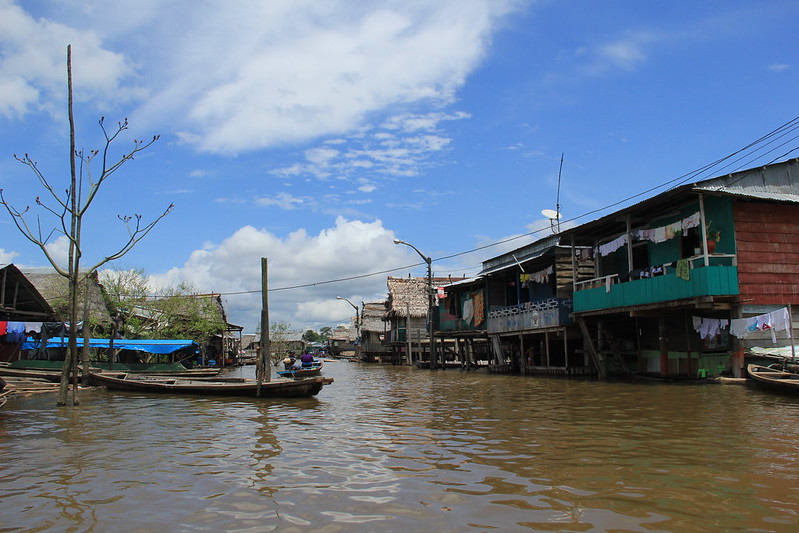
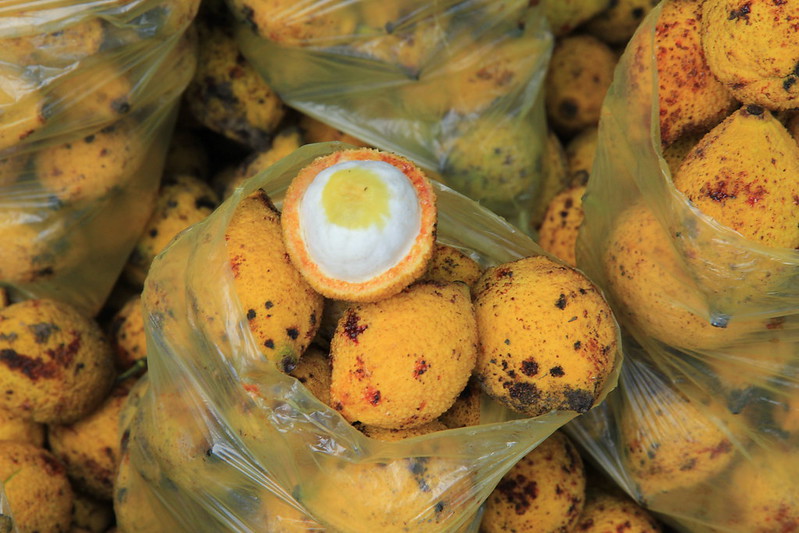
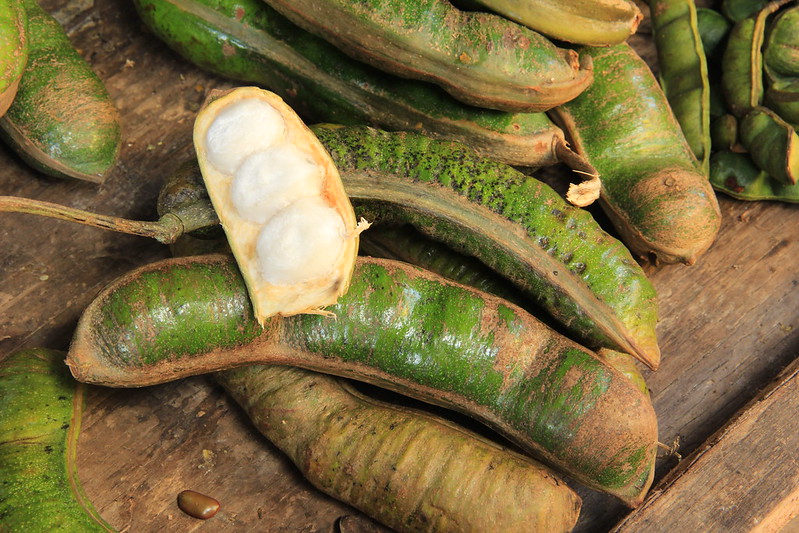
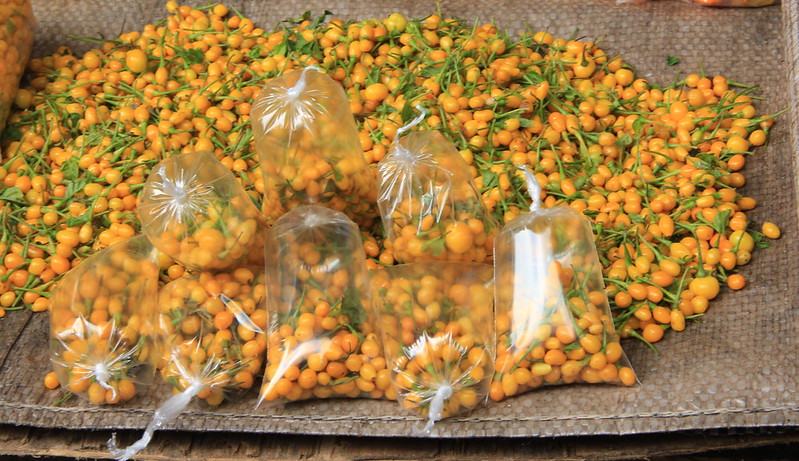

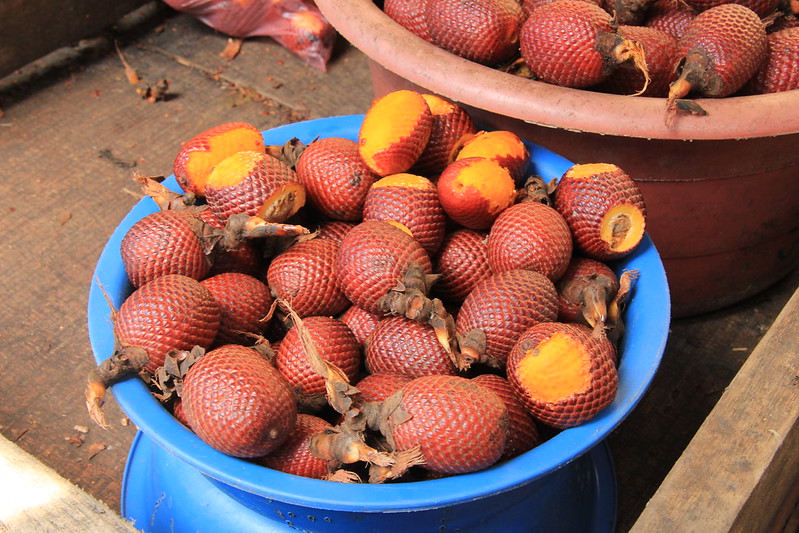
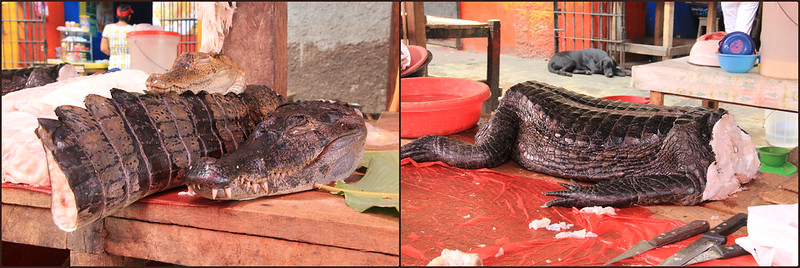
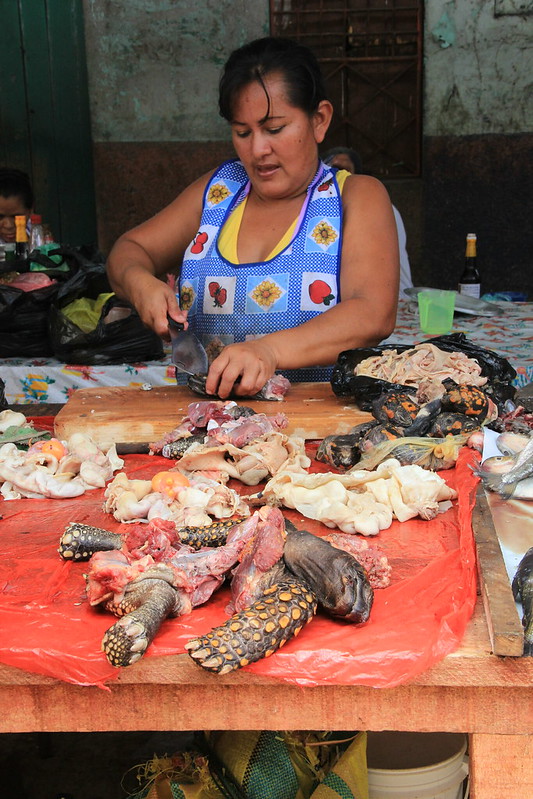
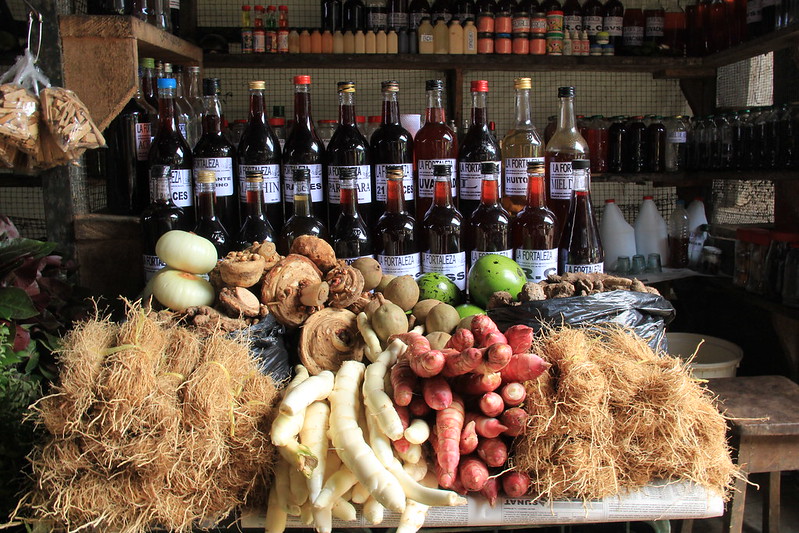




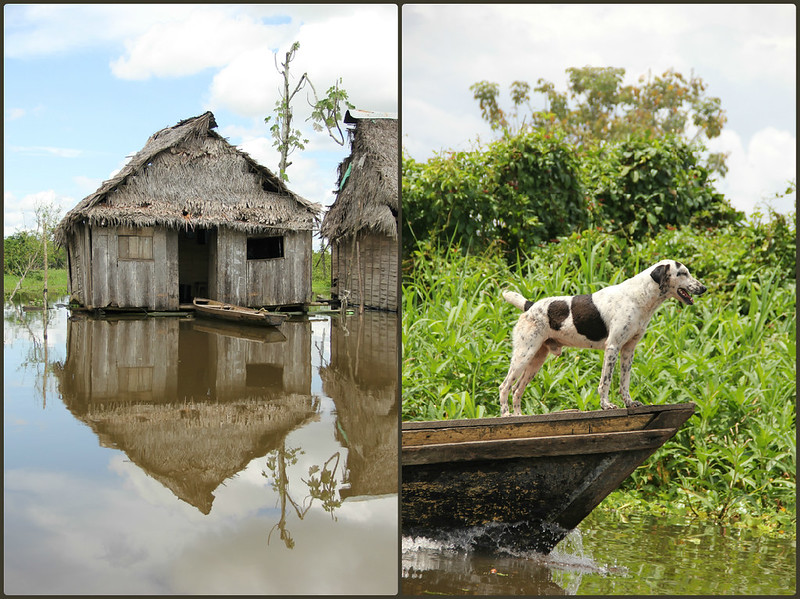
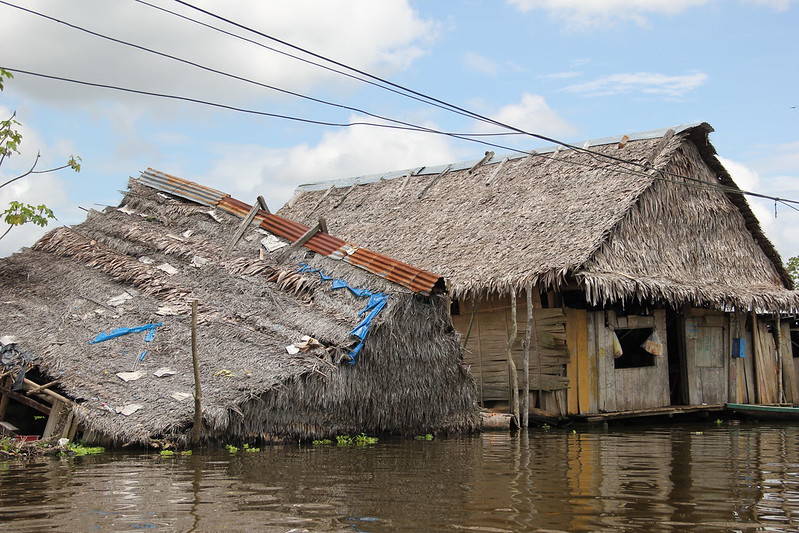
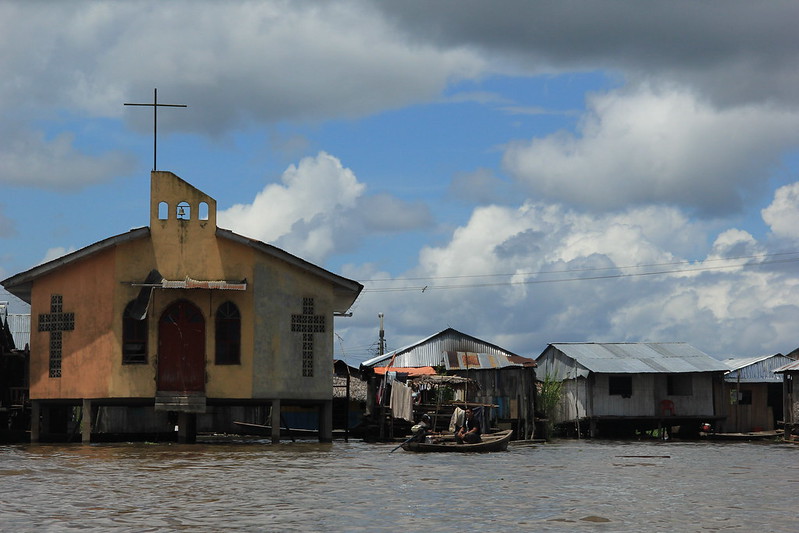
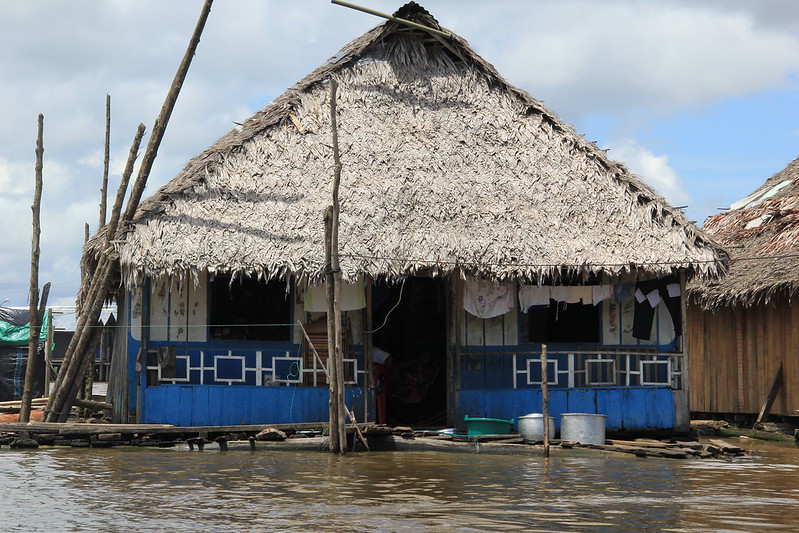
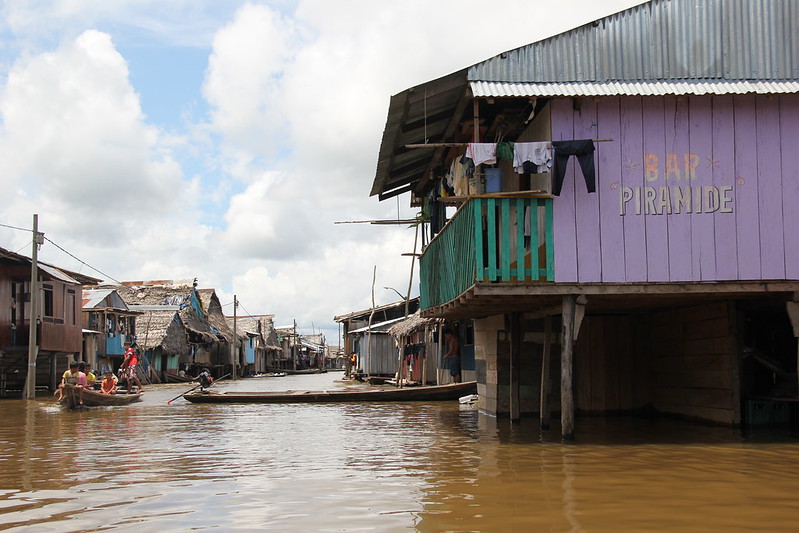


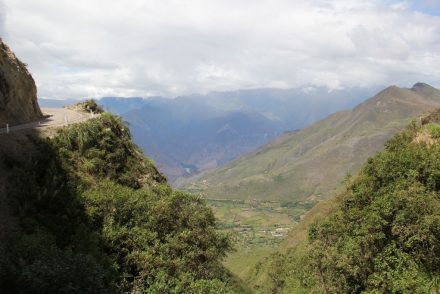



7 Comments
Very interesting article! I really enjoyed it. Thanks 🙂
Cheers Mandy, thanks ever so much for taking the time to read it 🙂
Absolutely stunning post that pushed Iquitos right at the top of my list. I would love to see the market and floating town, love your crocodile shot and those crazy-looking fruits. Thanks!
Thanks Margherita, means a lot that people are taking the time to read my posts and enjoying them 🙂 Yeah I would totally recommend Belén, it’s definitely one of the most interesting markets I’ve visited to date!
I am so very glad you found wifi! I can’t imagine how long those stunning photos and words took to upload on a dodgy connection though 🙂 Super thanks for linking up with us for #SundayTraveler
What an interesting post. I’ve never heard of this area before, and this was a fascinating read. How was your mosquito bite after getting the medicine on it? Did you get to taste those fruits and vegetables? They certainly look strange to me. I really enjoyed the read. Thanks for linking up to the #SundayTraveler!
Thanks Adelina 🙂 Yeah the Dragons Blood worked a treat actually! I have a lot of faith in natural medicines. We were able to sample all the fruit and vegetables that you see in the photos, which is another great aspect of local market tours – try before you buy, as it were!